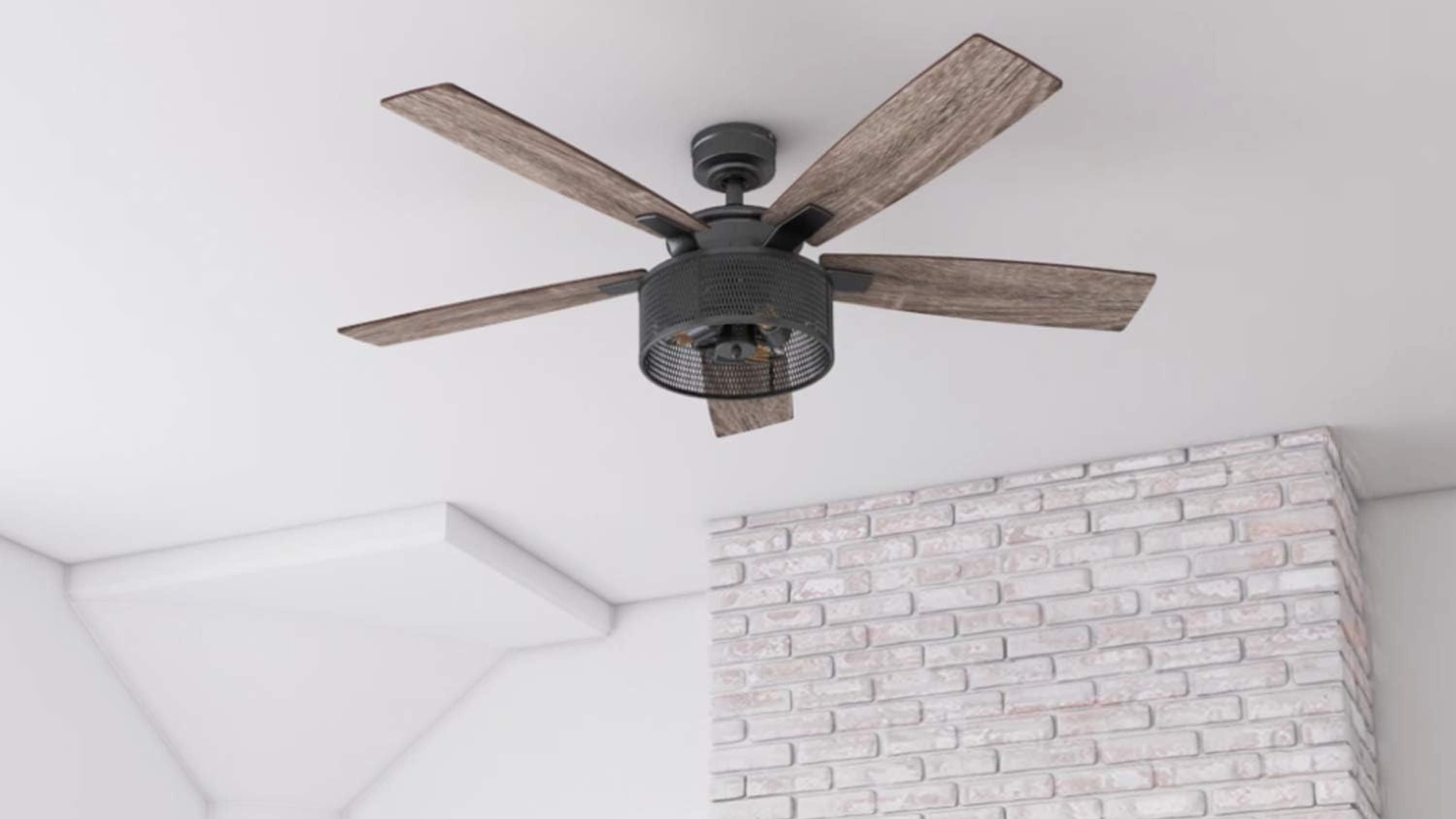news
Which way is a ceiling fan supposed to turn in the summer? Keep your home cool in Texas
Believe it or not, the direction your ceiling fan spins makes a big difference. Here's which way it should go.
Published July 24, 2025 at 10:01am by Alexis Simmerman

Despite an early start, this summer's Texas heat is likely to persist through the end of October. And if you have an older home, or just don't want to break the bank, air conditioning may not be an option. Luckily, your home most likely has several ceiling fans.
While a ceiling fan can be turned on with the flip of a switch or pull of a cord, it's important to make sure it's spinning in the right direction to optimize the flow of cool air.
Here's what to know.
How do fans keep homes cool?
Like box and window fans, ceiling fans are an effective and more affordable alternative to centralized air conditioning. But unlike box and window fans, you don't have to worry about placement and setup.
Fans work by creating a wind chill effect. They blow air across your skin, helping sweat evaporate, and that evaporation is what cools your body down. Unlike air conditioners, fans don't cool the entire room, they cool the person using them. The more moisture that evaporates, the cooler you feel.
Which direction should ceiling fan blades spin in the summer?
Set your fan blades to rotate counterclockwise. That direction creates a downdraft, pushing cooler air down from the ceiling and creating a breeze that makes you feel more comfortable, even if the actual room temperature doesn't change. It's a simple switch that can make a big difference on hot days.
Using a ceiling fan lets you bump your thermostat up by 4 degrees without sacrificing comfort, according to the U.S. Department of Energy.
How else can you keep your home cool?
To help stay cool, reduce energy usage and maximize energy efficiency during hot weather, DTE Energy offers these tips:
- Cook meals with a microwave, crockpot or outdoor grill instead of in the oven, which adds extra heat into your home, especially in the afternoon when outdoor temperatures hit their peak. If you do have to cook in the kitchen, turn on your exhaust fan to move the hot air outside.
- Close the blinds and curtains on sun-facing windows to block the sun's rays and avoid unwanted heat.
- Postpone doing laundry, washing dishes or running the dishwasher until the evening when outdoor temperatures have cooled a bit.
- Let your dishes air dry in the dishwasher instead of using the heated drying feature, which can leak heat into your kitchen, raising indoor temperatures and humidity levels.
- Take quicker showers at a cooler temperature than normal. Steaming hot showers fill up your bathroom with hot humid air that can cause your AC to work harder to cool the room down.

